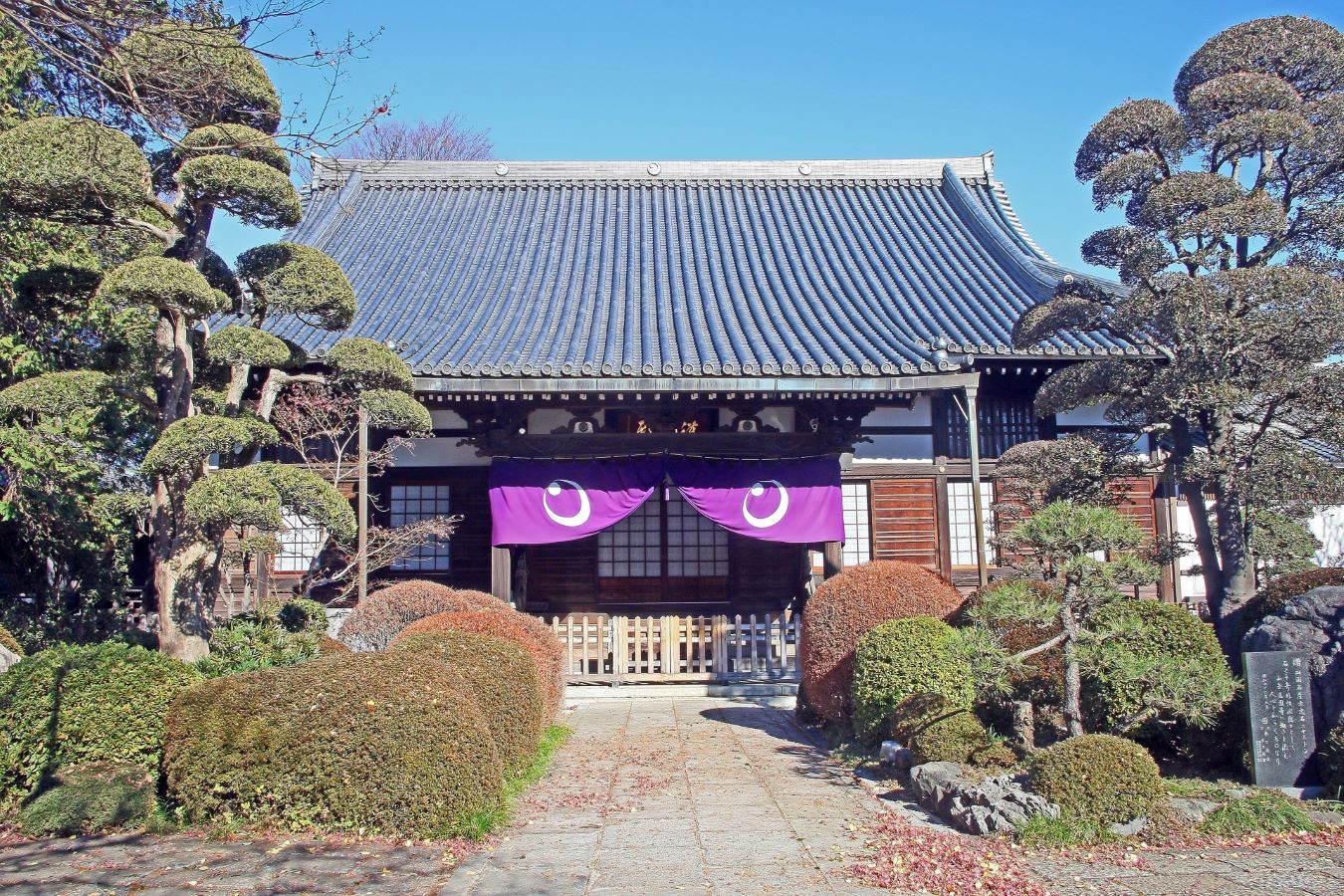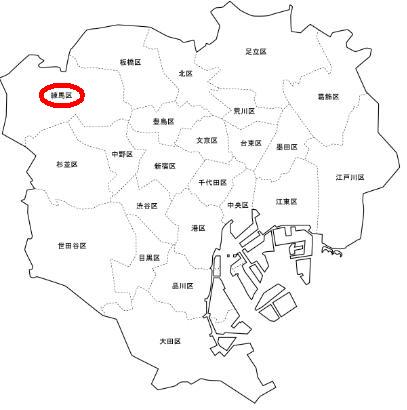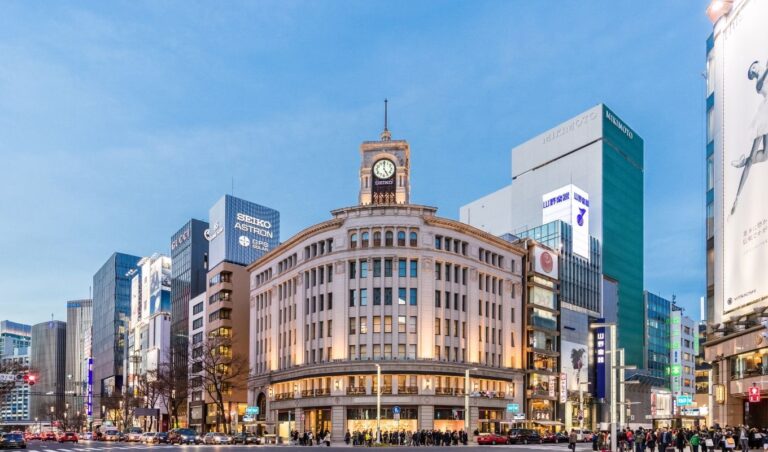Itabashi Sightseeing Spots

Itabashi Ward is located in the northwestern part of Tokyo’s 23 wards. Itabashi Ward was formed in 1932 when nine villages and towns – Itabashi Town, Kami-Itabashi Village, Shimura, Akatsuka Village, Nerima Town, Kami-Nerima Village, Nakani Village, Shakujii Village and Oizumi Village – in Kita-Toshima County, Tokyo Prefecture were incorporated into Tokyo City.
In 1947, a part of the area that is now Nerima Ward was separated from the rest of the city and has been part of the city ever since.
In the Edo period (1603-1867), there was Itabashijuku on the old Nakasendo Road, which is said to have been the name of the district.
It is said that the name “Itabashi” existed in the Kamakura period (1185-1333) in a military chronicle called “Enkei Hon Heike Monogatari”, but there is no historical record of the origin of the name, and there is a theory that the name “Itabashi” came from a wooden bridge built where the Nakasendo crosses the Shakujii River.
Itabashi Bridge
Between Nakajuku and Honmachi, Itabashi-ku, Tokyo
Itabashi is located over the Shakujii River near Naka-juku Station on the old Nakasendo (Kamakura-kaido) road, in the middle of Itabashi Shiyakusho Station and Itabashi Honmachi Station on the Toei Mita Line. The road signpost lined up in the middle of the parapet of the Itabashi bridge reads “Daru Nihonbashi 2 ri 25 town 33 ken” (distance of Nihonbashi 2 ri 25 town 33 ken). Famous for its rows of cherry trees, Itabashi on the Shakujii River was selected as one of the Itabashi Ten Sceneries in 2003.
Shimuraichirizuka (Shimura-ichirizuka)
1-12 Shimura, Itabashi-ku, Tokyo / 2-16 Azusawa, Itabashi-ku, Tokyo
Shimura Ichirizuka is the third Ichirizuka built in the Edo period (1603-1867) on the Nakasendo road from Edo (Nihonbashi). Two Ichirizuka were built in pairs all over Japan, but the only existing Ichirizuka are in Shimura, Itabashi Ward, and Nishigahara, Kita Ward, in Tokyo. Shimura Ichirizuka and Nishigahara Ichirizuka are both designated as national historic sites.
Shougetsuin Temple

8-4 Akatsuka, Itabashi-ku, Tokyo
Shougetsu-in Temple is said to have been built by Chiba Noritane, the model for Chiba no Jitane, who appears in Nanso Satomi Hakkenden, as his grave. At the end of the Edo period (1603-1867), when the artilleryman Takashima Shuhan conducted Japan’s first public training exercises in Western gunnery and gunnery, he set up his headquarters at Shougetsuin Temple. The place where the public drill was held is called Takashimadaira (Itabashi Ward) after the name of Takashima Shuhan.
Great Buddha of Tokyo

5-28 Akatsuka, Itabashi-ku, Tokyo
The Tokyo Big Buddha is a bronze statue of Amida Nyorai, 13 meters high and weighing 32 tons, built in 1977 at Jurenji Temple. It is 13 meters high and weighs 32 tons, made of bronze. The Tokyo Big Buddha is one of the three largest Buddha statues in Japan, second in size only to Todaiji Temple in Nara and Kotokuin Temple in Kamakura. When Norirenji Temple moved its seat from Nakajuku in Itabashi Ward to Akatsuka due to urban planning, it built the Tokyo Big Buddha with the wish that no disastrous war or earthquake disaster would occur.






